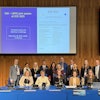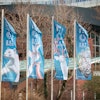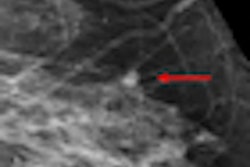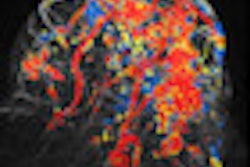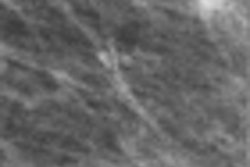VIENNA - The use of computer-aided detection (CAD) in breast cancer screening is quickly approaching the level of experienced radiologists and may soon be used as a second or third reader, said a presenter on Saturday morning at the European Congress of Radiology (ECR).
CAD has already proved useful in reading screening mammograms, but a novel method out of Radboud University in the Netherlands aims at decision support for detecting malignant masses.
"In contrast to current CAD systems, which have many false positives due to their focus on high sensitivity, this system aimed to operate at high specificity comparable to that of a radiologist," said Dr. Nico Karssemeijer, a professor of CAD at Radboud University.
In their retrospective study, nine radiologists and three residents with mammography experience read 200 digital screening mammograms without the use of CAD. Cases included 63 screen-detected cancers, 17 missed cancers, 20 false positives from screening, and 100 normal cases. CAD was compared to readers using localization receiver operator characteristics (ROC) analysis by computing the mean true positive fraction (MTPF) at a false-positive fraction of less than 0.2.
CAD performance was similar to that of the residents (MTPF = 0.518 and 0.484) but still significantly below the performance of radiologists (MTPF = 0.596). However, at very high specificity, and for the subset of cases missed in screening, CAD standalone performance was similar to that of radiologists, the researchers found.
"There is an opportunity to use CAD in that way [for high specificity]," Karssemeijer said.
At the moment, the CAD system is only used for masses and architectural distortions -- not microcalcifications, but it is further being developed, he said.
"What we really need to do is work on new ways of using CAD, especially for the densities, to help the readers make better decisions when they detect these abnormalities," Karssemeijer said.

